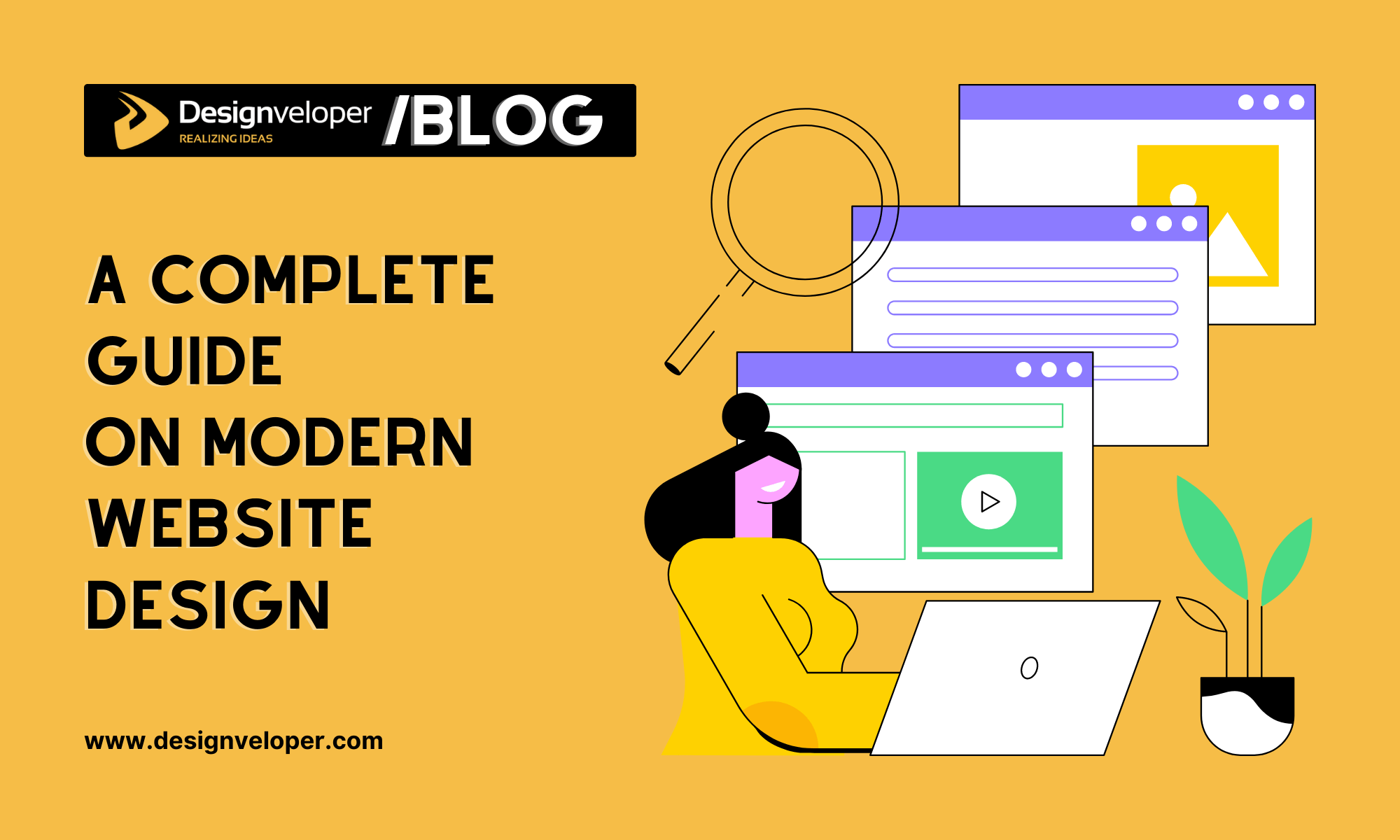Leading Tips for Developing an Impactful Internet Site Design That Converts
To achieve this, one must think about a range of aspects, including recognizing the target audience, focusing on user experience, and maximizing for mobile systems. The tactical usage of engaging call-to-actions and a well-defined aesthetic pecking order plays an important role in leading individuals through their trip.

Understand Your Target Market
Recognizing your target market is fundamental to reliable site design, as it prepares for creating an interesting individual experience. Identifying that your users are, including their demographics, choices, and habits, makes it possible for designers to customize the web site's material, design, and functionality to fulfill specific demands.
Conducting detailed marketing research is crucial in this procedure. Studies, interviews, and analytics can give important understandings into individual assumptions and pain factors. By assembling this data, developers can develop individual characters that represent various sectors of the audience, ensuring that style choices are informed and pertinent.
Furthermore, comprehending the target audience assists in picking appropriate style aspects such as color design, typography, and images that resonate with customers. A website that speaks straight to its audience fosters a sense of link and count on, urging longer visits and higher conversion prices.
Inevitably, a user-centered method to website style not just boosts customer complete satisfaction however additionally supports business goals by driving interaction and commitment. By focusing on the needs and preferences of the target market, a website can efficiently serve its objective and attain wanted outcomes.
Prioritize Individual Experience
To boost the total effectiveness of a web site, focusing on customer experience (UX) is important (Website Design). A well-designed UX makes sure that site visitors can browse the website easily, locate details quickly, and involve with content meaningfully. This leads to enhanced individual satisfaction and greater conversion prices
Begin by applying instinctive navigating. Menus ought to be rationally structured, permitting customers to find vital areas of the site with minimal initiative. Consistency in design components, such as color design and font styles, fosters familiarity, which is critical for maintaining user engagement.
Additionally, think about the loading speed of your site. A hold-up of simply a few secs can result in significant drop-offs, as customers are less most likely to wait on a slow-loading web page. Enhancing images and maximizing code can enhance efficiency and keep site visitors.
Moreover, clarity in content presentation is essential. Use concise, interesting language and separate text with visuals to enhance readability. By focusing on user experience, you not only produce a much more enjoyable environment for visitors yet additionally strengthen your brand's reputation. Ultimately, a focus on UX is a financial investment in the lasting success of your website.
Optimize for Mobile Gadgets
Enhancing for mobile gadgets is vital in today's electronic landscape, where a raising number of customers access sites with mobile phones and tablets. A mobile-friendly design not only enhances user experience but additionally plays a significant role in improving search engine rankings. To achieve this, it is vital to embrace a responsive design that automatically adapts to different display dimensions and alignments.

Loading speed is one more critical aspect; mobile customers are generally less person webpage and expect quick accessibility to details. By prioritizing mobile optimization, you guarantee that your internet site remains competitive and efficiently involves a more comprehensive target market.
Use Compelling Call-to-Actions
A web site's performance often rests on its capacity to direct visitors toward preferred activities, making engaging call-to-actions (CTAs) essential components of design. CTAs serve as the essential factors that route customers to involve with the website, whether that suggests buying, signing up for a newsletter, or downloading a resource.
To produce effective CTAs, clarity is paramount. Usage concise language that clearly communicates the activity you desire the user to take.
Furthermore, consider making use of directional cues, such as arrowheads or photos, to lead customers toward these buttons. By focusing on these aspects, companies can dramatically improve individual involvement, driving conversions and inevitably achieving their site's objectives.
Concentrate On Visual Power Structure
Efficient internet site design depends heavily on a well-structured visual power structure that guides individuals via content flawlessly. By organizing aspects in a fashion that prioritizes info, developers can boost user experience and websites assist in decision-making. This entails utilizing dimension, shade, comparison, and spacing strategically to attract focus to the most critical elements of a web page.
Using larger fonts for headings and subheadings develops a clear difference in between various sections, allowing individuals to check material effortlessly. In addition, using contrasting colors for buttons and calls-to-action can catch individual focus and urge communication. Whitespace is another important element; it stops mess and makes it possible for customers to concentrate on key messages without interruptions.
Pictures and graphics ought to match the text while likewise adhering to the well established pecking order, strengthening the general message (Website Design). Uniformity in style aspects, such as color plans and typography, further strengthens the visual hierarchy, making navigation instinctive
Conclusion
In verdict, reliable web site style requires an extensive understanding of the target audience, prioritization of user experience, and mobile optimization. The critical usage of compelling call-to-actions and a well-defined aesthetic pecking order even more enhances customer involvement. By carrying out these principles, websites can attain greater conversion rates, ensuring that design components not just attract site visitors however also facilitate smooth navigation and interaction. Inevitably, a well-executed site design functions as a vital component in driving customer actions and achieving organization goals.